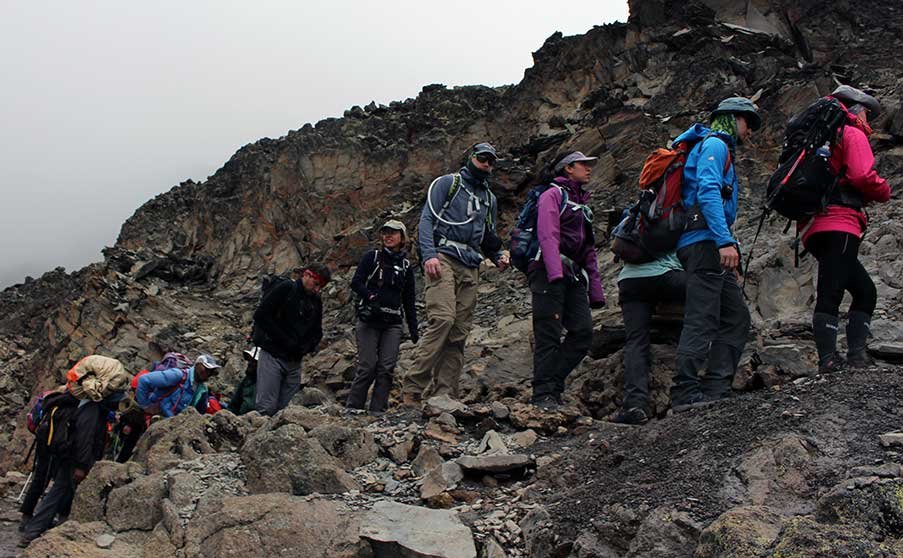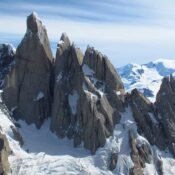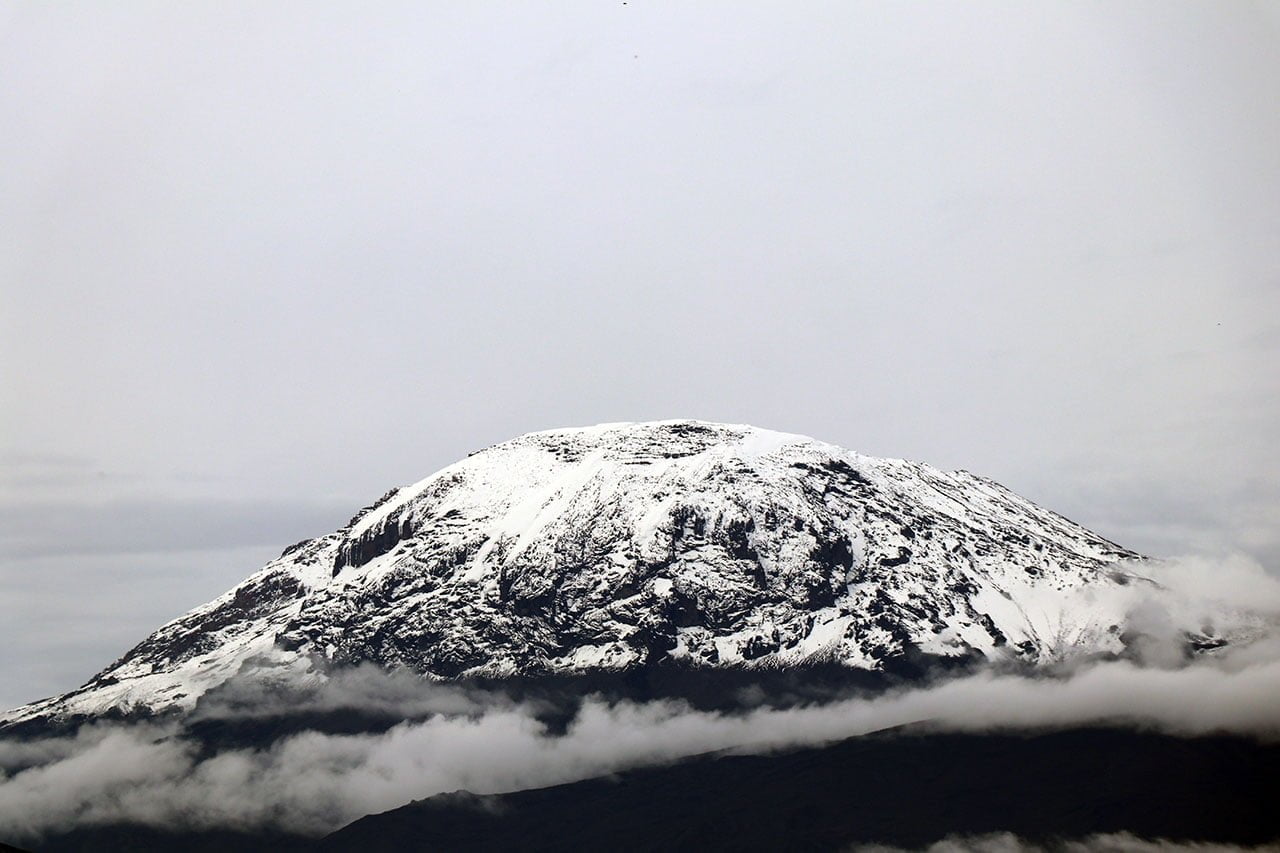
Climbing Kilimanjaro: Everything a Beginner Needs to Know
Climbing Kilimanjaro: Everything a Beginner Needs to Know starts with understanding the mountain, the challenges, and how to prepare for success. Mount Kilimanjaro, the tallest peak in Africa at 5,895 meters (19,341 feet), is a dream destination for hikers and adventurers worldwide. If you’re planning your first trek, the right guidance can turn this bucket-list goal into a safe, unforgettable experience.
Is Climbing Mount Kilimanjaro Possible for Beginners?
Yes, and that’s the beauty of it. Unlike technical climbs, Kilimanjaro is a high-altitude hike, not a mountain that requires ropes or climbing gear. It’s all about endurance, determination, and taking it “pole pole” — slowly, slowly, as we say here in Tanzania.
Best Routes for Climbing Kilimanjaro: A Beginner’s Guide
One of the first steps in Climbing Kilimanjaro: Everything a Beginner Needs to Know is picking the route that matches your fitness level and schedule.
- Machame Route (7 days): Known as the “Whiskey Route,” it’s favored for its scenic beauty and better acclimatization opportunities.
- Marangu Route (6 days): Often referred to as the “Coca-Cola Route,” it’s the only route with hut accommodations, making it more comfortable for beginners.
- Lemosho Route (8 days): A beautiful, remote trail that offers diverse landscapes, but it’s more physically demanding.
- Northern Circuit Route (9 days): The longest route, providing ample time for acclimatization and a less crowded experience.
When researching Climbing Kilimanjaro: Everything a Beginner Needs to Know, beginners often start by choosing the right route. Each trail offers a unique experience based on time, scenery, and difficulty level.
Tip: If it’s your first time, routes that take 7 or more days are your best bet — they give your body more time to adjust to the altitude.
Altitude and Fitness: Key Challenges for First-Time Climbers
Climbing Kilimanjaro’s biggest hurdle isn’t the trail — it’s the altitude. Oxygen levels drop as you go higher, which can lead to Acute Mountain Sickness (AMS).
Some quick altitude survival tips:
- Go pole pole — slow and steady.
- Don’t rush. Take it one step at a time.
- Stay hydrated (3-4 liters a day is best).
- Eat well, even if you’re not hungry.
- Let your guide know if you feel off — they’re trained to help.
Climbing Kilimanjaro doesn’t require technical climbing skills, but it does demand physical endurance and mental resilience. The main challenge is the altitude. At the summit, oxygen levels are about half of what they are at sea level, which can lead to altitude sickness if not properly managed.
Mental preparation is often overlooked in beginner guides, but it’s a key aspect of Climbing Kilimanjaro: Everything a Beginner Needs to Know — especially when the altitude gets tough.
What Beginners Need to Pack for Climbing Kilimanjaro
Having the right gear is essential for staying safe and comfortable on the mountain.
- Clothing: Layered clothing suitable for varying temperatures, including thermal layers for cold nights.
- Footwear: Sturdy, broken-in hiking boots to prevent blisters.
- Sleeping Gear: A sleeping bag rated for sub-zero temperatures.
- Hydration: A hydration system or water bottles to stay hydrated.
- Accessories: Sunglasses, sunscreen, headlamp, and trekking poles
Gear matters more than you think. A big part of Climbing Kilimanjaro: Everything a Beginner Needs to Know is preparing the right clothing, boots, and equipment for extreme weather changes.
The Importance of a Licensed Guide
All climbers are required to have a licensed guide. Guides are trained to handle emergencies, monitor your health, and ensure your safety throughout the trek. Choosing a reputable company with experienced guides is essential for a successful climb.
Go with a Trusted Tour Company
This isn’t a DIY adventure. You’ll need a licensed guide (required by law), and trust us — a good tour company can make or break your experience.
Look for companies with:
- Experienced mountain guides
- Strong safety records
- Fair treatment of porters
- Great reviews and local knowledge
🧡 A good company like Masatu Tours can make the whole journey unforgettable.
When’s the Best Time to Climb?
The weather on Kilimanjaro changes fast, so timing matters. The best times to climb are during the dry seasons:
- January to March: Fewer crowds, cooler and clearer.
- June to October: Peak season, great weather, but more hikers.
Avoid the rainy months (April, May, November) unless you’re up for a muddy challenge.
Budgeting for the Adventure
A full Kilimanjaro trip ranges from 1,800 to4,000, depending on the route, number of days, and operator. That usually includes:
- Park fees and permits
- Guide and porter services
- Accommodation and meals
- Transportation to and from the mountain
Be wary of super cheap deals — they often cut corners on safety or fair porter treatment.
Mental Preparation for Climbing Kilimanjaro as a Beginner
You don’t need to be a super athlete, but you should do some physical prep:
- Train with long hikes (preferably uphill)
- Build up cardio with walking, jogging, or stair climbing
- Focus on endurance over speed
More importantly, get mentally ready. Some days will be tough — cold, tired, sore. But standing on that summit? Totally worth it.
Why It’s Worth It
Climbing Kilimanjaro isn’t just about ticking off a bucket list item — it’s about pushing your limits, connecting with nature, and experiencing the spirit of Tanzania.
Every day on the trail brings a new view, a new challenge, and a new reason to keep going.
The Reward: Reaching the Summit
The final push to the summit is grueling, but the reward is immense. Standing at Uhuru Peak, the highest point in Africa, offers a sense of accomplishment that few experiences can match. The panoramic views, the camaraderie with fellow trekkers, and the knowledge that you’ve conquered one of the world’s most iconic mountains will stay with you forever.
Final Tips for Climbing Kilimanjaro: A Beginner’s Journey
Wherever you are in your journey, this guide on Climbing Kilimanjaro: Everything a Beginner Needs to Know aims to support your planning from start to summit.





